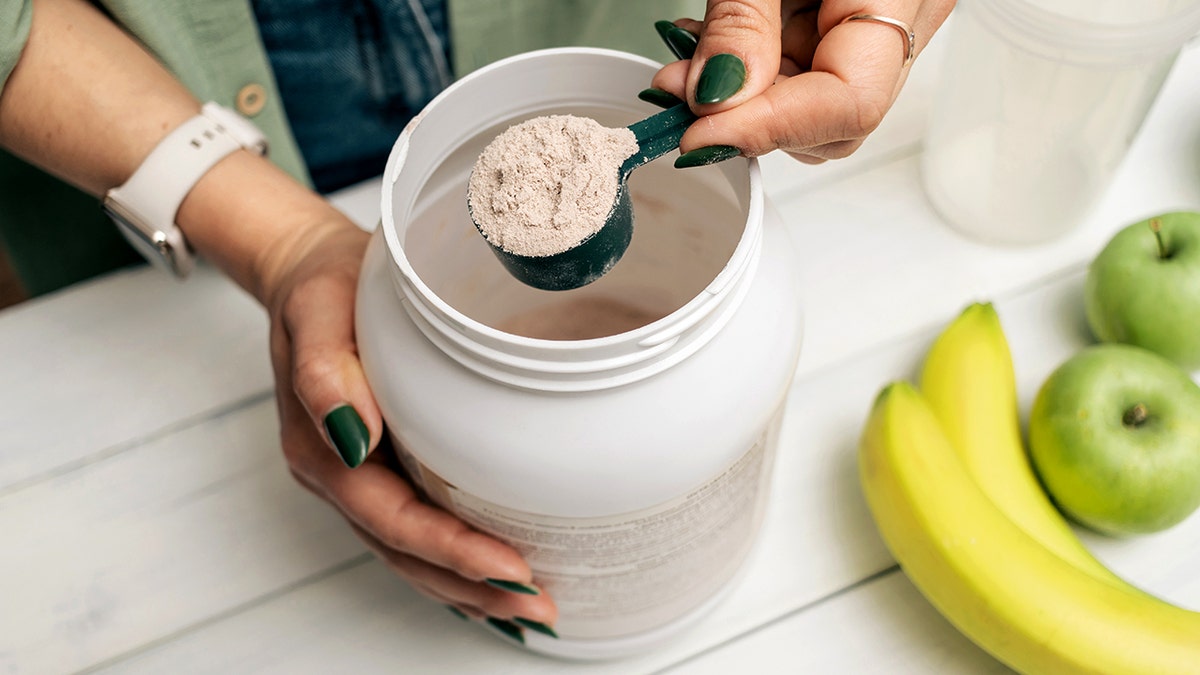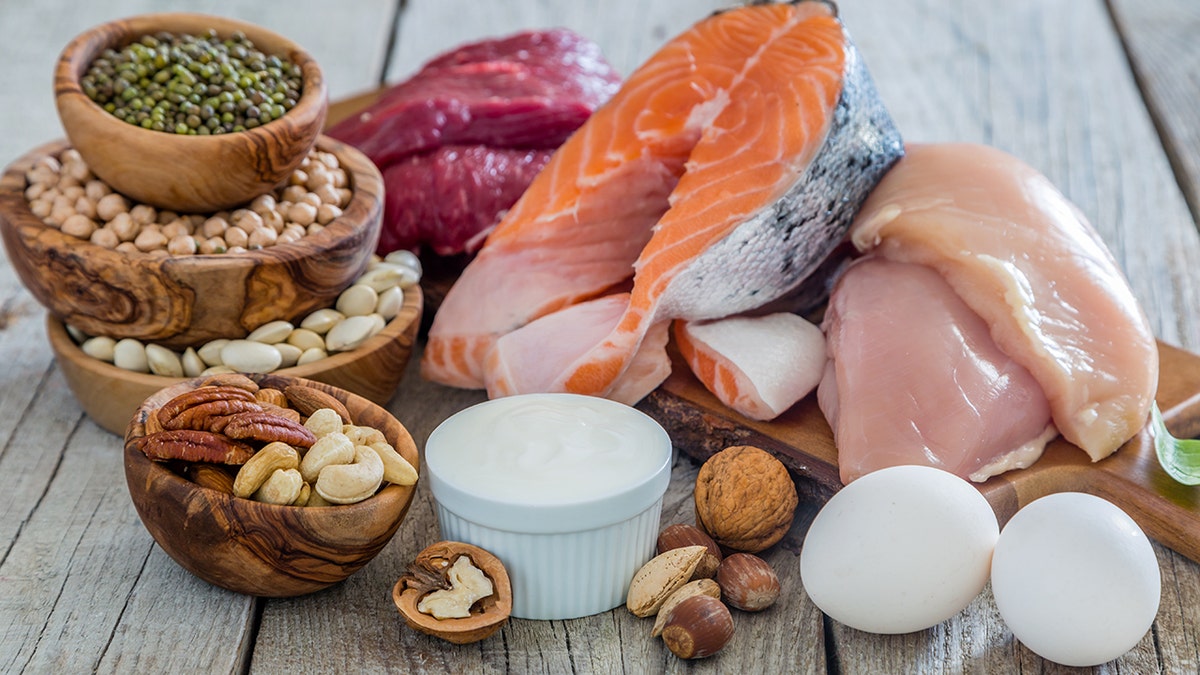Protein in your coffee? Starbucks pushes new lattes as experts react

NEWYou can now listen to Fox News articles!
Amid online trends focused on boosting daily protein intake, Starbucks is pouring more into your morning cup.
The company announced it is “going all-in on protein” with the arrival of its Protein Lattes and Protein Cold Foam, saying the new menu items provide a “delicious way” for customers to add more protein to their day.
But how much nutritional value can a cup of joe really deliver?
For those who were already skipping breakfast, it could help, according to experts.
“This is especially beneficial for individuals who may skip breakfast or meals but reach for a coffee instead,” said registered dietitian Erin Palinski-Wade, who is based in New Jersey.
NEW ‘CLEAR PROTEIN’ HACK MUSCLES IN AS LATEST TREND IN THE BATTLE OF THE BULGE
The dietitian told Fox News Digital that adding protein can help you feel fuller for longer and may be useful for those with increased nutritional needs, such as athletes or those taking GLP-1 medications.
Tanya Freirich, a registered dietitian nutritionist in Charlotte, North Carolina, who specializes in diabetes, agreed that there may be some benefits, but cautions that the trend could be fueled by marketing.

“For people who struggle to consume enough protein, the added whey protein in their coffee drink may be helpful,” she told Fox News Digital, citing research showing that 70% of Americans are actively trying to eat more protein.
“With that in mind, it may be a marketing trend as well. However, many people are overconsuming protein.”
TRYING TO EAT MORE PROTEIN? DON’T OVERLOOK THIS SWEET SURPRISE
Starbucks’ protein lattes contain between 15 and 36 grams of protein per beverage, according to its website. For comparison, one cup of chopped chicken breast has about 47 grams of protein.
Nutrition experts agree that whey protein is generally digestible and usable by the body.
However, Freirich noted that absorption depends on the form of whey used, such as hydrolyzed or isolate, and cautioned that not everyone metabolizes protein in the same way.

Still, neither expert recommends relying on a latte as a meal replacement.
“This added protein does not mean the beverage is a meal substitute, since it would be lacking in key nutrients, such as fiber and antioxidants, that you would find in a balanced meal,” Palinski-Wade said.
Freirich added that “having only caffeine, sugar and a protein powder is unlikely to keep you full or satisfied for very long,” and that it cannot replace the nutritional value of whole foods.
COFFEE GIANT FINALLY REVEALS ITS ‘SECRET MENU’ WITH NEW APP-EXCLUSIVE DRINKS
The sugar content is another caveat. Palinski-Wade cautioned that even with the added protein, drinks with large amounts of added sugar can cause blood sugar levels to spike.

Then there’s the question of how much protein people really need. On average, Palinski-Wade recommends around 20 to 30 grams per meal, with 20% to 25% of total daily calories coming from protein, depending on activity level.
Freirich noted that some influencers promote intake far beyond what’s necessary.
“This added protein does not mean the beverage is a meal substitute.”
“People who already have kidney issues should not be overconsuming protein,” she said, warning that too much can impact bone density, liver health and kidney stone risk.
Ultimately, Starbucks may provide a convenient protein bump, but both dietitians recommend a food-first approach.
CLICK HERE TO SIGN UP FOR OUR HEALTH NEWSLETTER
“Lean protein from fish, eggs, chicken, pork and beef can all provide quality protein, while protein from plants — including beans, nuts, seeds and lentils — can be a great way to add protein, along with fiber and antioxidants,” Palinski-Wade said.
MORE IN HEALTH NEWS
Freirich echoed that the healthiest diets are built on variety and “a wide range of mostly unprocessed foods.”
Fox News Digital reached out to Starbucks for comment.
Read the full article here









